According to Latin writer Ovid, Venus, the Roman Goddess of Love, was born from sea foam just off the coast of Cyprus, a myth that inspired one of the greatest artistic masterpieces in history. The Birth of Venus is a tempera painting on canvas measuring 172 by 278 cm. It was painted between 1483 and 1485 by Sandro Botticelli, one of the most important artists of the Renaissance.
The word “Renaissance” indicates a period in the history of European culture between the 15th and 16th Centuries, when the values of the late Medieval period gave way to a new conception of existence. The will of God no longer lay at the center of the world, but was replaced by the glory of man and his creations. Through ancient Greek and Latin artworks, Renaissance artists and philosophers rediscovered classical ideals of beauty and harmony, recognizing them as tools with which to elevate the spirit.
Florence, in Italy, was the cradle of the Renaissance. The de’ Medici family governed Florence, and family member and banker Lorenzo di Pierfrancesco commissioned Botticelli to paint the Birth of Venus.
In 1478 Botticelli had already painted Primavera, one of the first works to consciously capture the essence of the Renaissance. In the same manner, the Birth of Venus expressed the Renaissance cult of sublime, idealized beauty. In the painting Zephyrus, the fertilizing wind and symbol of carnal love, can be found on Venus’s right, embracing a female figure who may be his wife Chloris, or perhaps another wind, Boreas. One of the Hours, the nymphs who accompany the goddess, can be found on Venus’s left, covering the goddess’s nudity with a cloak and thereby becoming a symbol of purity of spirit. Zephyrus and the nymph are the sides of a triangle divided into two halves by Venus. In this way, the goddess intercedes between earthly and spiritual love; elevation of the soul is fed by physical beauty in what is a summary of Renaissance thought. But in the painting, philosophical implications are mixed with biographical elements as well. The figure of the goddess is a portrait of Simonetta Vespucci, the mistress of Giuliano de’ Medici, the patron’s cousin. Initially, the Birth of Venus was hung on a wall at the Villa di Castello, the de’ Medici’s country residence. It remained there at least until 1761, after which its destiny became uncertain. All that is known is that the painting was eventually moved to Florence’s Palazzo Pitti Museum. The Birth of Venus has been on display at the Uffizi Museum in Florence since 1815.
The word “Renaissance” indicates a period in the history of European culture between the 15th and 16th Centuries, when the values of the late Medieval period gave way to a new conception of existence. The will of God no longer lay at the center of the world, but was replaced by the glory of man and his creations. Through ancient Greek and Latin artworks, Renaissance artists and philosophers rediscovered classical ideals of beauty and harmony, recognizing them as tools with which to elevate the spirit.
Florence, in Italy, was the cradle of the Renaissance. The de’ Medici family governed Florence, and family member and banker Lorenzo di Pierfrancesco commissioned Botticelli to paint the Birth of Venus.
In 1478 Botticelli had already painted Primavera, one of the first works to consciously capture the essence of the Renaissance. In the same manner, the Birth of Venus expressed the Renaissance cult of sublime, idealized beauty. In the painting Zephyrus, the fertilizing wind and symbol of carnal love, can be found on Venus’s right, embracing a female figure who may be his wife Chloris, or perhaps another wind, Boreas. One of the Hours, the nymphs who accompany the goddess, can be found on Venus’s left, covering the goddess’s nudity with a cloak and thereby becoming a symbol of purity of spirit. Zephyrus and the nymph are the sides of a triangle divided into two halves by Venus. In this way, the goddess intercedes between earthly and spiritual love; elevation of the soul is fed by physical beauty in what is a summary of Renaissance thought. But in the painting, philosophical implications are mixed with biographical elements as well. The figure of the goddess is a portrait of Simonetta Vespucci, the mistress of Giuliano de’ Medici, the patron’s cousin. Initially, the Birth of Venus was hung on a wall at the Villa di Castello, the de’ Medici’s country residence. It remained there at least until 1761, after which its destiny became uncertain. All that is known is that the painting was eventually moved to Florence’s Palazzo Pitti Museum. The Birth of Venus has been on display at the Uffizi Museum in Florence since 1815.
RELATED


MADONNA OF THE GOLDFINCH


THE THREE GRACES


THE CRUCIFIX OF SANTA MARIA NOVELLA


BAROQUE


LEONARDO DA VINCI


WATER LILIES (SERIES)
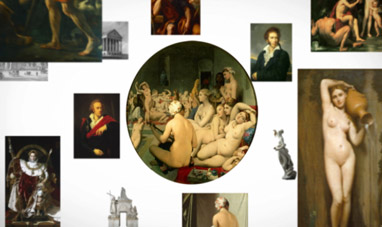

NEOCLASSICISM
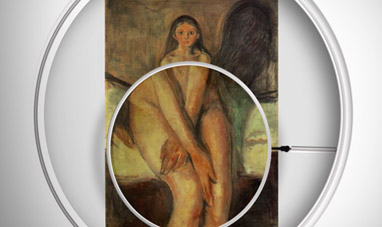

PUBERTY
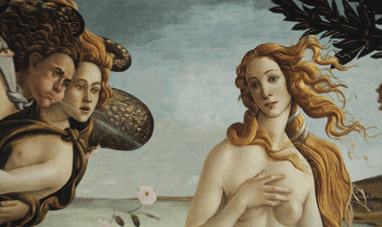

THE RENAISSANCE
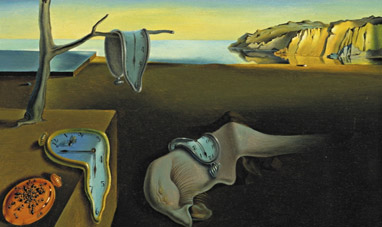

THE PERSISTENCE OF MEMORY


LADY WITH AN ERMINE
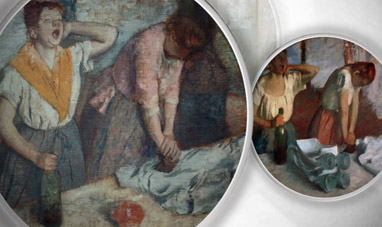

WOMEN IRONING
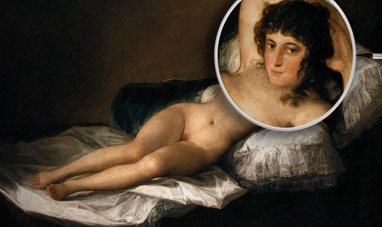

THE NUDE MAJA
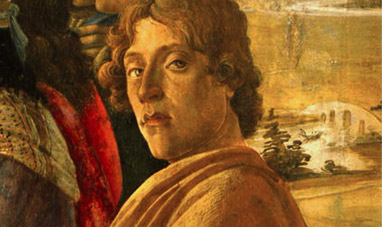

SANDRO BOTTICELLI


THE SOLAR SYSTEM
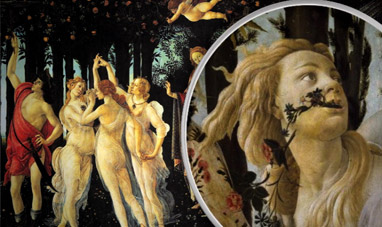

PRIMAVERA
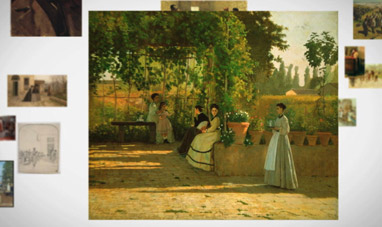

THE MACCHIAIOLI


DISQUIETING MUSES


STARRY NIGHT


SURREALISM


LAS MENINAS


DAVID (MICHELANGELO)
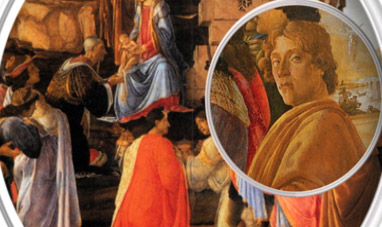

THE ADORATION OF THE MAGI
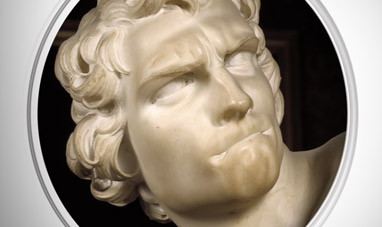

DAVID (BERNINI)


ROMANTICISM
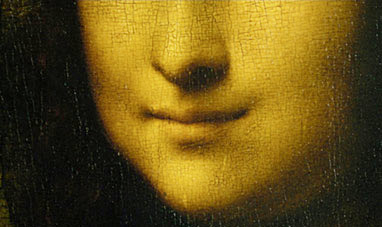

THE MONA LISA


GIOTTO-S-FRESCOES-IN-THE-ASSISI-CATHEDRAL
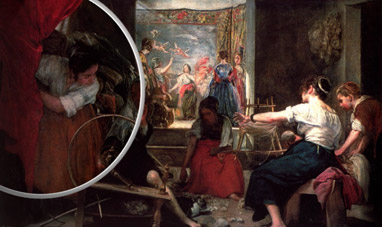

LAS HILANDERAS


THE ECSTASY OF SAINT TERESA
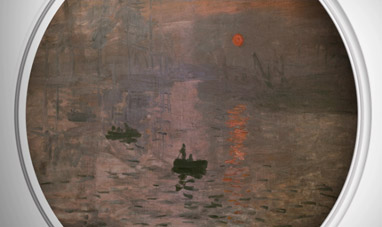

IMPRESSION, SUNRISE


SOLOMON R. GUGGENHEIM MUSEUM
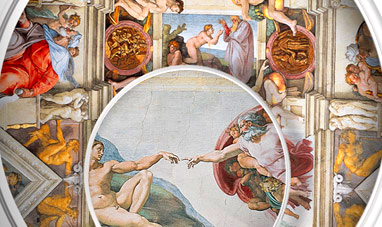

THE SISTINE CHAPEL
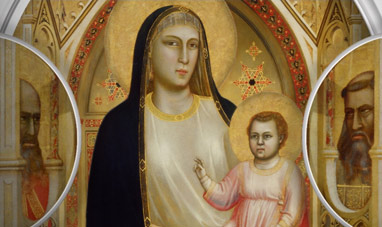

THE MADONNA DI OGNISSANTI
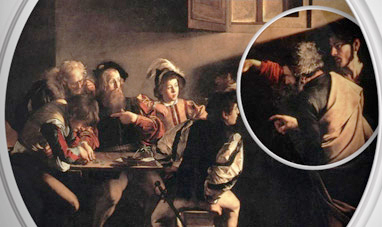

THE CALLING OF ST. MATTHEW
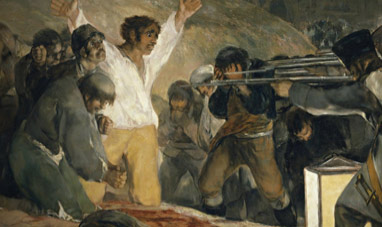

THE THIRD OF MAY 1808: THE EXECUTION OF THE DEFENDERS...
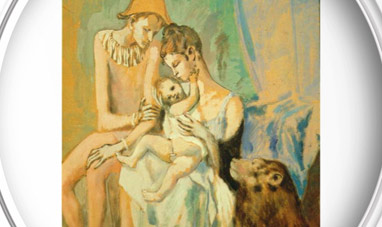

FAMILY OF ACROBATS, WITH MONKEY
